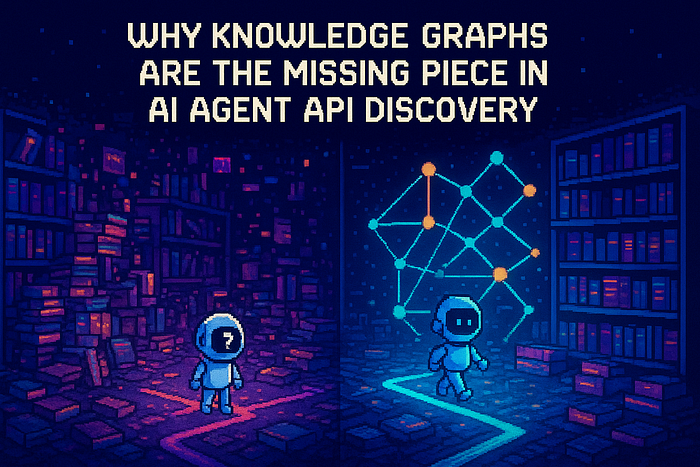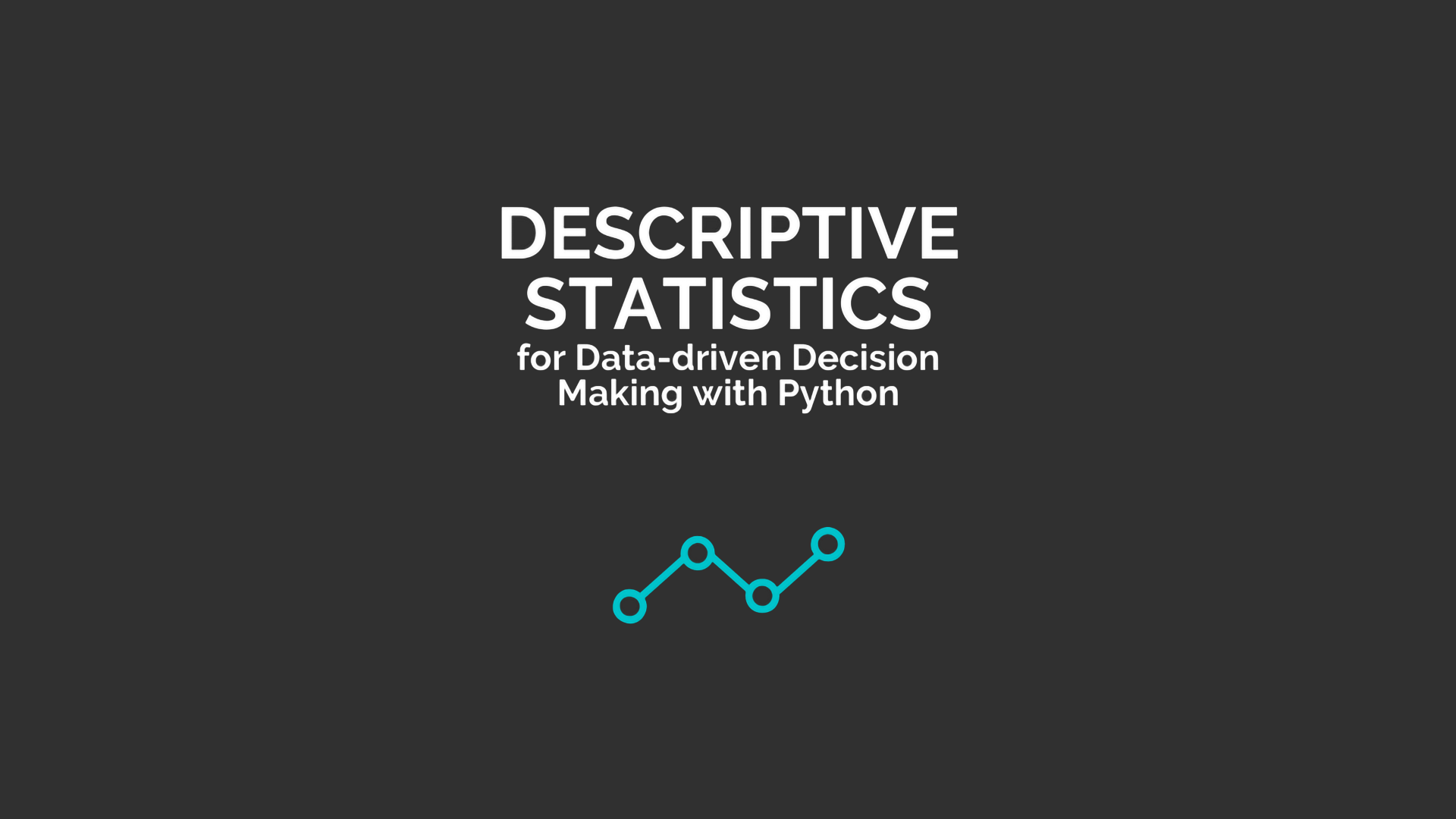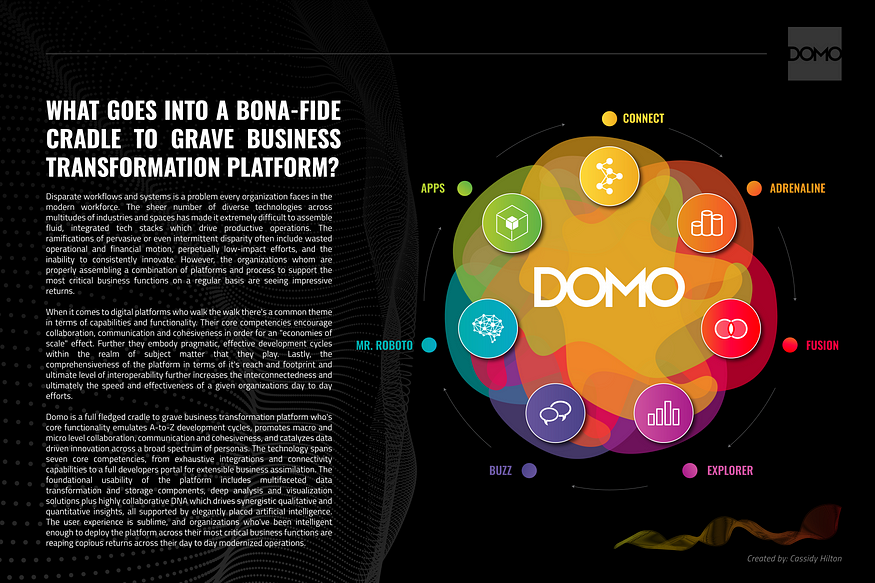Designing Customized and Dynamic Prompts for Large Language Models
Author(s): Shenggang Li
Originally published on Towards AI.
A Practical Comparison of Context-Building, Templating, and Orchestration Techniques Across Modern LLM Frameworks
Imagine you’re at a coffee shop, and ask for a coffee. Simple, right? But if you don’t specify details like milk, sugar, or type of roast, you might not get exactly what you wanted. Similarly, when interacting with large language models (LLMs), how you ask — your prompts — makes a big difference. That’s why creating customized (static) and dynamic prompts is important. Customized prompts are like fixed recipes; they’re consistent, reliable, and straightforward. Dynamic prompts, on the other hand, adapt based on the context, much like a skilled barista adjusting the coffee order based on your mood or the weather.
Let’s say you’re building an AI-powered customer support chatbot. If you use only static prompts, the bot might provide generic responses, leaving users frustrated. For example, asking “How can I help you today”? is static and might be too vague. But a dynamic prompt might incorporate the user’s recent interactions, asking something like, “I see you were checking our order status. Would you like help tracking it further”? This personalized approach can dramatically improve user satisfaction.
I’ll dive into practical comparisons of these prompting methods, exploring context-building strategies, templating frameworks, and orchestration tools. I’ll examine real-world… Read the full blog for free on Medium.
Join thousands of data leaders on the AI newsletter. Join over 80,000 subscribers and keep up to date with the latest developments in AI. From research to projects and ideas. If you are building an AI startup, an AI-related product, or a service, we invite you to consider becoming a sponsor.
Published via Towards AI
Take our 90+ lesson From Beginner to Advanced LLM Developer Certification: From choosing a project to deploying a working product this is the most comprehensive and practical LLM course out there!
Towards AI has published Building LLMs for Production—our 470+ page guide to mastering LLMs with practical projects and expert insights!

Discover Your Dream AI Career at Towards AI Jobs
Towards AI has built a jobs board tailored specifically to Machine Learning and Data Science Jobs and Skills. Our software searches for live AI jobs each hour, labels and categorises them and makes them easily searchable. Explore over 40,000 live jobs today with Towards AI Jobs!
Note: Content contains the views of the contributing authors and not Towards AI.














